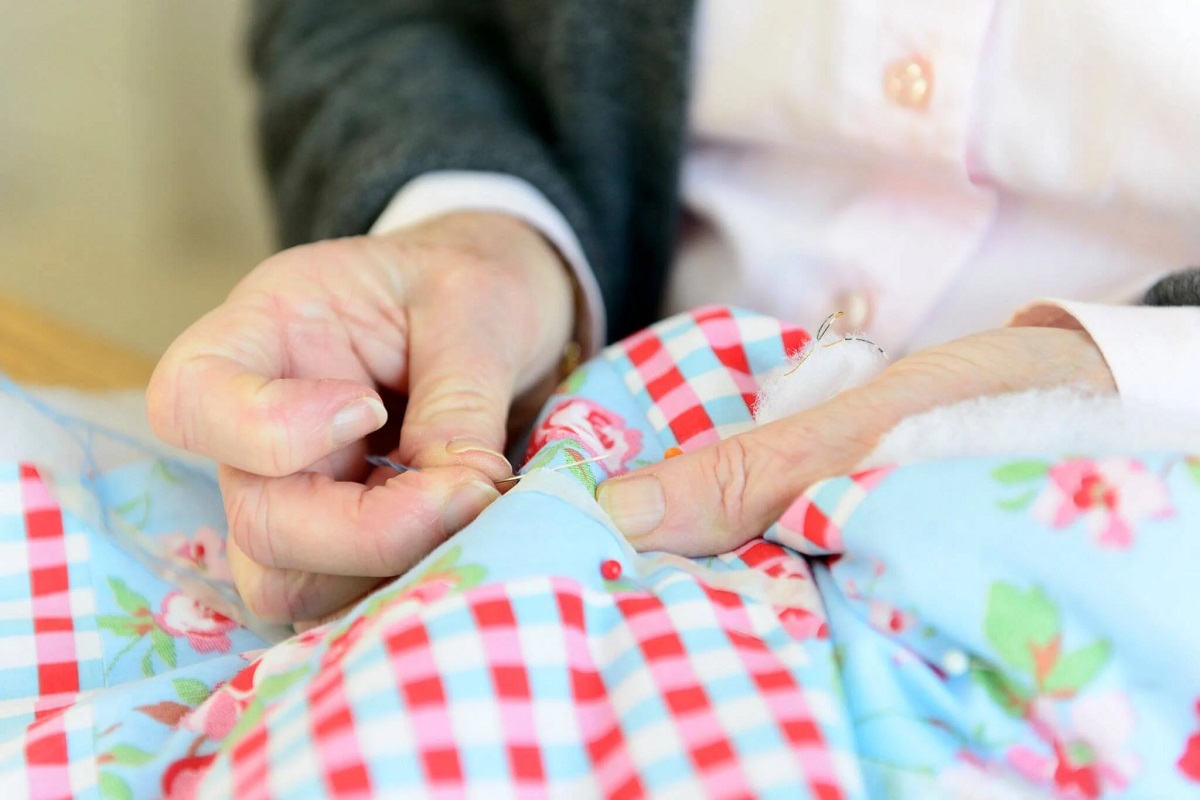

Articles
What Needle Size To Use For Quilt Piecing
Modified: December 7, 2023
Discover the perfect needle size for quilt piecing with our informative articles. Enhance your quilting experience and achieve stunning results.
(Many of the links in this article redirect to a specific reviewed product. Your purchase of these products through affiliate links helps to generate commission for Storables.com, at no extra cost. Learn more)
Introduction
When it comes to quilt piecing, choosing the right needle size is crucial. The needle you use can significantly impact the overall outcome of your quilting project. It affects the accuracy of your stitches, the smoothness of your seams, and the overall quality of your finished quilt.
Understanding needle sizes and how they relate to quilt piecing is essential for every quilter. In this article, we will delve into the world of needle sizes, discuss the factors to consider when selecting a needle, and provide recommendations for different types of fabrics.
Whether you’re an experienced quilter or just starting out, this guide will help you make informed decisions regarding needle sizes for quilt piecing. So, let’s jump in and unravel the mysteries of needle sizes!
Key Takeaways:
- Choose needle size based on fabric type, thread weight, and quilting technique for smooth and accurate quilt piecing. Experiment with different sizes to find the perfect fit for your specific project.
- Regularly change needles, match size to thread weight, and use quilting-specific needles for optimal stitching quality. Keep needles clean and explore different types to enhance your quilting experience.
Read more: How To Piece A Quilt
Understanding Needle Size
Needle size refers to the diameter and length of the shaft or shank of the needle. The needle size is denoted by a number, and the higher the number, the finer the needle. For example, a size 9 needle is thicker and larger than a size 12 needle.
In general, needle sizes range from 8 to 18, with 8 being the largest and 18 being the smallest. However, for quilt piecing, the most commonly used needle sizes range from 9 to 12.
It’s important to note that needle sizes can vary slightly between different manufacturers and different needle types (such as sharps, betweens, or quilting needles). So, it’s always a good idea to check the specific needle size recommendations provided by the manufacturer.
Now that we understand how needle sizes work, let’s explore the factors to consider when selecting the right needle size for quilt piecing.
Factors to Consider for Quilt Piecing
When choosing the right needle size for quilt piecing, there are several factors to consider. These factors will help you determine the appropriate needle size that will result in smooth and accurate stitching.
1. Fabric Type: The type of fabric you are using for your quilt will heavily influence the needle size you should use. Thicker fabrics like denim or canvas will require a larger needle size, while finer fabrics like silk or chiffon will require a smaller needle size to avoid damaging the fabric or creating large visible holes.
2. Thread Weight: The weight of the thread you are using is also a crucial factor. If you are working with a heavier thread, you may consider using a larger needle size to accommodate and make smooth stitches. Conversely, if you are using a finer thread, a smaller needle size will produce neater stitches.
3. Quilting Technique: The quilting technique you are using will impact the needle size as well. For simple pieced quilts, a medium-sized needle is usually sufficient. However, if you are engaging in intricate free-motion quilting or dense quilting designs, you may opt for a smaller needle size to achieve precise stitching.
4. Personal Preference: Every quilter has their own personal preference when it comes to needle size. Some quilters find that they achieve better results with a slightly larger or smaller needle size, depending on their stitching techniques and the overall aesthetic they want to achieve. It’s essential to experiment and find the needle size that feels comfortable and produces the desired results for you.
Now that we have discussed the factors to consider, let’s move on to the next section, where we will guide you in choosing the right needle size for your quilt piecing projects.
Choosing the Right Needle Size
Now that we understand the factors to consider, let’s delve into how to choose the right needle size for your quilt piecing projects. Keep in mind that the right needle size will vary depending on the specific project and materials you are working with.
1. Start with a Medium Needle Size: As a general rule of thumb, a medium needle size is a safe starting point for most quilt piecing projects. A size 10 or 11 needle is usually suitable for piecing together cotton or medium-weight fabrics.
2. Consider the Thickness of Your Fabric: If you are working with thicker fabrics like denim or upholstery fabric, you may need to move up to a larger needle size, such as a size 12. This will help ensure that your needle can easily penetrate through the layers and create even stitches.
3. Adjust Based on Thread Weight: If you are using a heavier weight thread, such as a 30 or 40 weight thread, you may want to switch to a larger needle size. The larger needle will accommodate the thicker thread and prevent any skipped stitches or tension issues.
4. Evaluate the Quilting Technique: If you are planning to incorporate intricate free-motion quilting or dense quilting designs, opting for a smaller needle size, such as a size 9 or 10, can help you achieve more precise stitching.
5. Trust Your Personal Preference: Remember, everyone’s stitching style is different, and personal preference plays a role in needle size selection. If you have found success and comfort with a particular needle size in the past, feel free to stick with what works for you.
Ultimately, the right needle size is a balance between the fabric, thread, quilting technique, and personal preference. Don’t be afraid to experiment and test different needle sizes to determine what works best for your specific project.
Next, let’s explore the recommended needle sizes for different types of fabrics commonly used in quilt piecing projects.
Use a size 70/10 or 80/12 needle for quilt piecing. These sizes are ideal for sewing through multiple layers of fabric without causing damage to the fabric or the needle.
Recommended Needle Sizes for Different Fabrics
Choosing the appropriate needle size based on the fabric you are using is key to achieving optimal results in quilt piecing. Here are some general recommendations for needle sizes based on different types of fabrics:
- Cotton: For quilting with cotton fabrics, a medium-sized needle such as a size 10 or 11 is typically suitable. These sizes work well with the lightweight and medium-weight cotton commonly used in quilting projects.
- Denim or Canvas: When working with heavier fabrics like denim or canvas, consider using a larger needle size such as a size 14. The larger needle size will allow for easier penetration through the thicker layers of fabric.
- Silk or Chiffon: For delicate and lightweight fabrics like silk or chiffon, a finer needle size such as a size 9 or 10 is recommended. These smaller needle sizes help prevent visible holes or damage to the delicate fabric.
- Batik Fabrics: Batik fabrics have a higher thread count and are often denser, requiring a slightly larger needle to stitch smoothly. A size 12 needle can be a good choice for working with batik fabrics.
- Flannel or Fleece: Fabrics like flannel or fleece often have a looser weave and thicker texture. For these fabrics, a size 14 needle is recommended to ensure easy stitching without putting excessive strain on the needle or thread.
These are general guidelines, and you may need to adjust the needle size based on the specific characteristics of the fabric you are working with. It’s always a good idea to test on scrap fabric before starting your actual quilting project.
Now that we have covered needle sizes for different fabrics, let’s move on to some helpful tips for using needles in quilt piecing.
Read more: What Size Is A Queen Size Quilt
Tips for Using Needles in Quilt Piecing
Using the right needle size is essential for successful quilt piecing, but there are a few additional tips that can help you make the most out of your needles. Consider the following tips to ensure smooth and precise stitching:
- Change Needles Regularly: Needles can become dull or bent over time, which can negatively affect stitch quality. It’s important to change your needle frequently, especially if you notice any issues with skipped stitches, uneven stitching, or breakage.
- Match Needle Size to Thread Weight: Ensure that the needle size matches the weight of the thread you are using. A mismatch can lead to tension problems, skipped stitches, or even thread breakage. Always use a needle that is appropriate for the thickness of your thread.
- Use Needles Designed for Quilting: Consider using needles specifically designed for quilting. These needles typically have a sharper point and a slightly rounded shaft, allowing for easier fabric penetration and precise stitches.
- Get Familiar with Needle Types: Different needle types, such as sharps, betweens, or quilting needles, have slight variations in shape and size. Experiment with different needle types to find the one that works best for your quilting style and fabric choices.
- Pay Attention to Needle Anatomy: Take note of the needle’s eye size, as it should be large enough to accommodate the thread you are using without causing friction or shredding. Additionally, check the needle’s groove to ensure it properly guides the thread.
- Keep Needles Clean: Clean your needles regularly to remove any fabric lint or residue. This helps prevent friction and prolongs the life of your needles. You can use a needle cleaner or simply rub the needle with a clean cloth or cotton swab dipped in rubbing alcohol.
By implementing these tips, you can ensure that you are using your needles effectively and getting the best results in your quilt piecing projects.
Now that we have covered various aspects of using needles in quilt piecing, let’s wrap up this article.
Conclusion
Choosing the right needle size is a crucial aspect of quilt piecing that can greatly impact the overall outcome of your projects. By understanding needle sizes, considering various factors, and following some helpful tips, you can achieve smooth and precise stitching in your quilting endeavors.
Remember to factor in the type of fabric you are using, the weight of the thread, the quilting technique, and your personal preferences when selecting a needle size. Starting with a medium-sized needle, such as a size 10 or 11, is often a safe choice for most quilt piecing projects. However, adjusting the needle size based on the fabric thickness, thread weight, and quilting technique can help you achieve optimal results.
It’s important to test different needle sizes on scrap fabric to determine the best fit for your specific project. Additionally, regularly changing needles, using needles designed for quilting, and keeping them clean are all essential practices to ensure consistent stitching quality and prolong the life of your needles.
By considering these factors and implementing the tips provided, you can confidently select the right needle size for quilt piecing and enhance the overall success and enjoyment of your quilting projects.
So, embrace the power of the needle and let your creativity flow as you embark on your next quilt piecing adventure!
Frequently Asked Questions about What Needle Size To Use For Quilt Piecing
Was this page helpful?
At Storables.com, we guarantee accurate and reliable information. Our content, validated by Expert Board Contributors, is crafted following stringent Editorial Policies. We're committed to providing you with well-researched, expert-backed insights for all your informational needs.
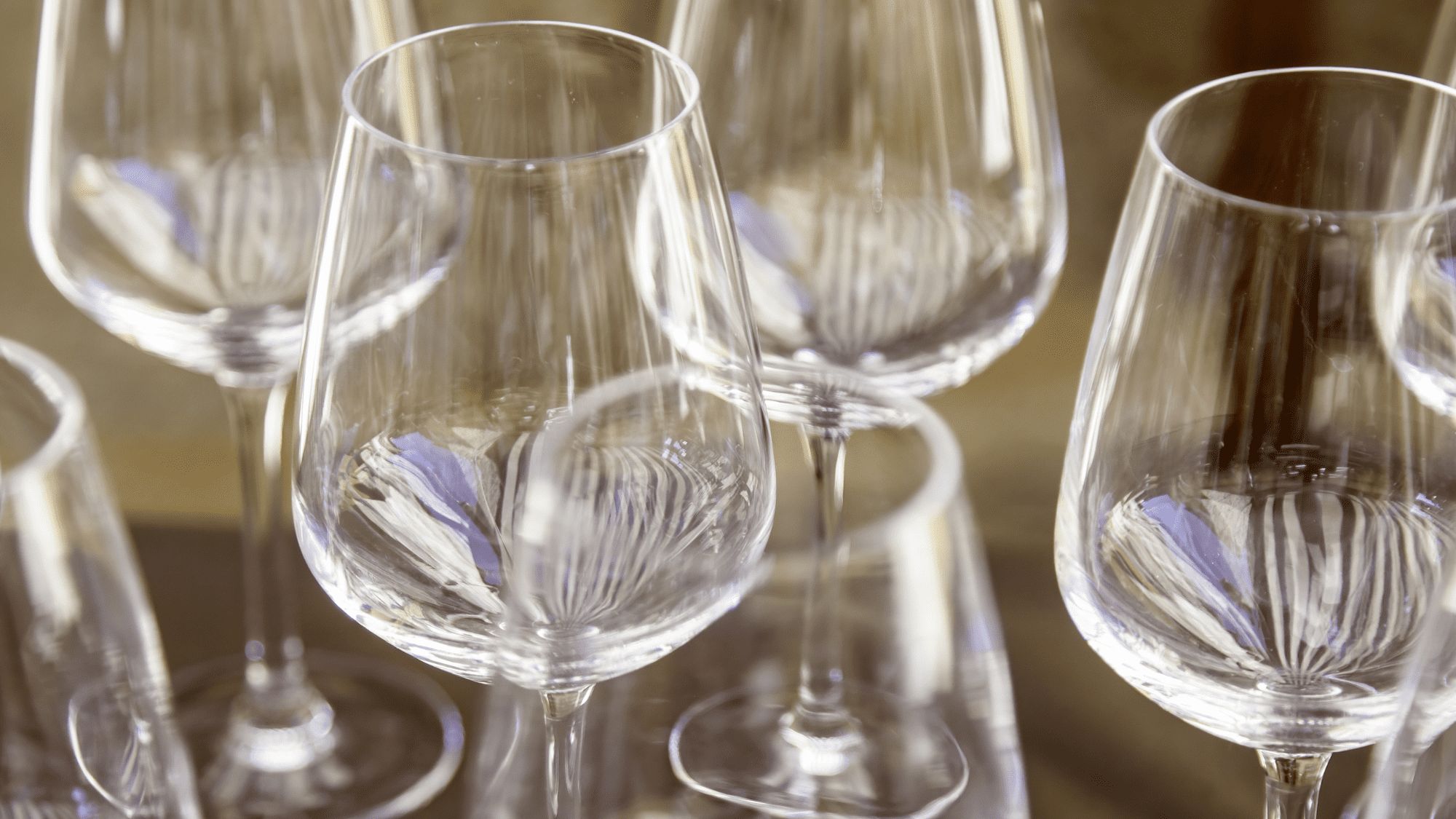
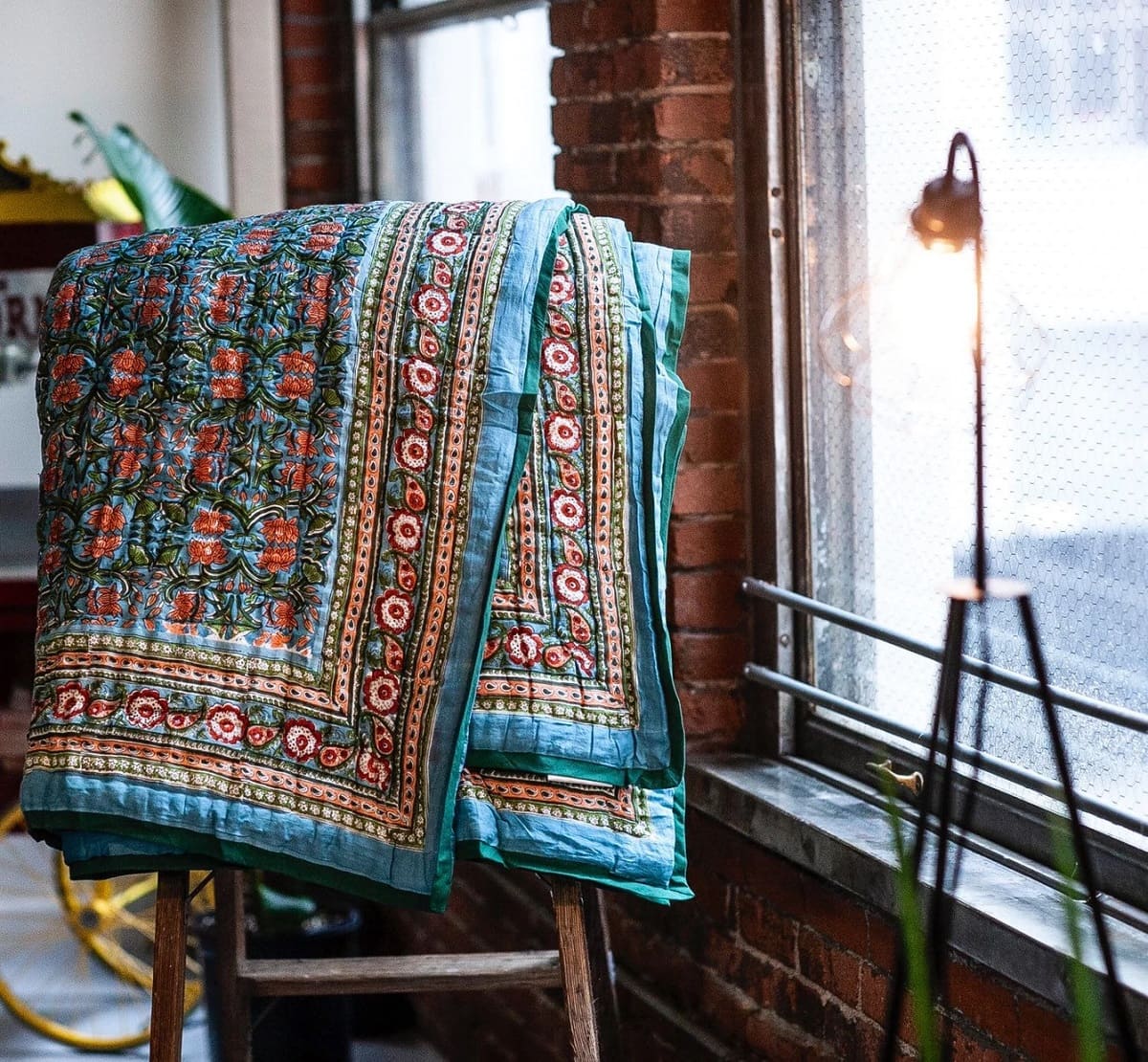
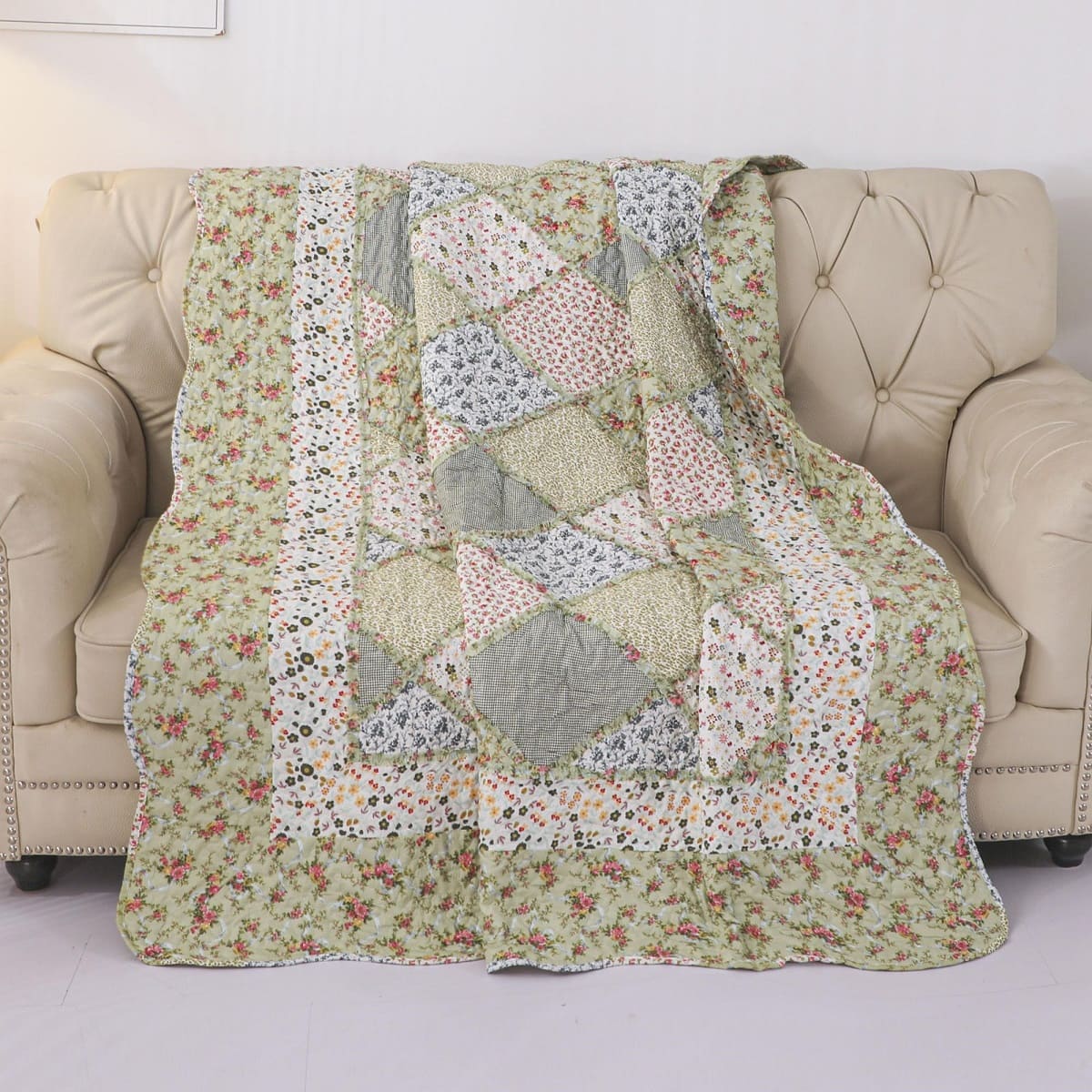
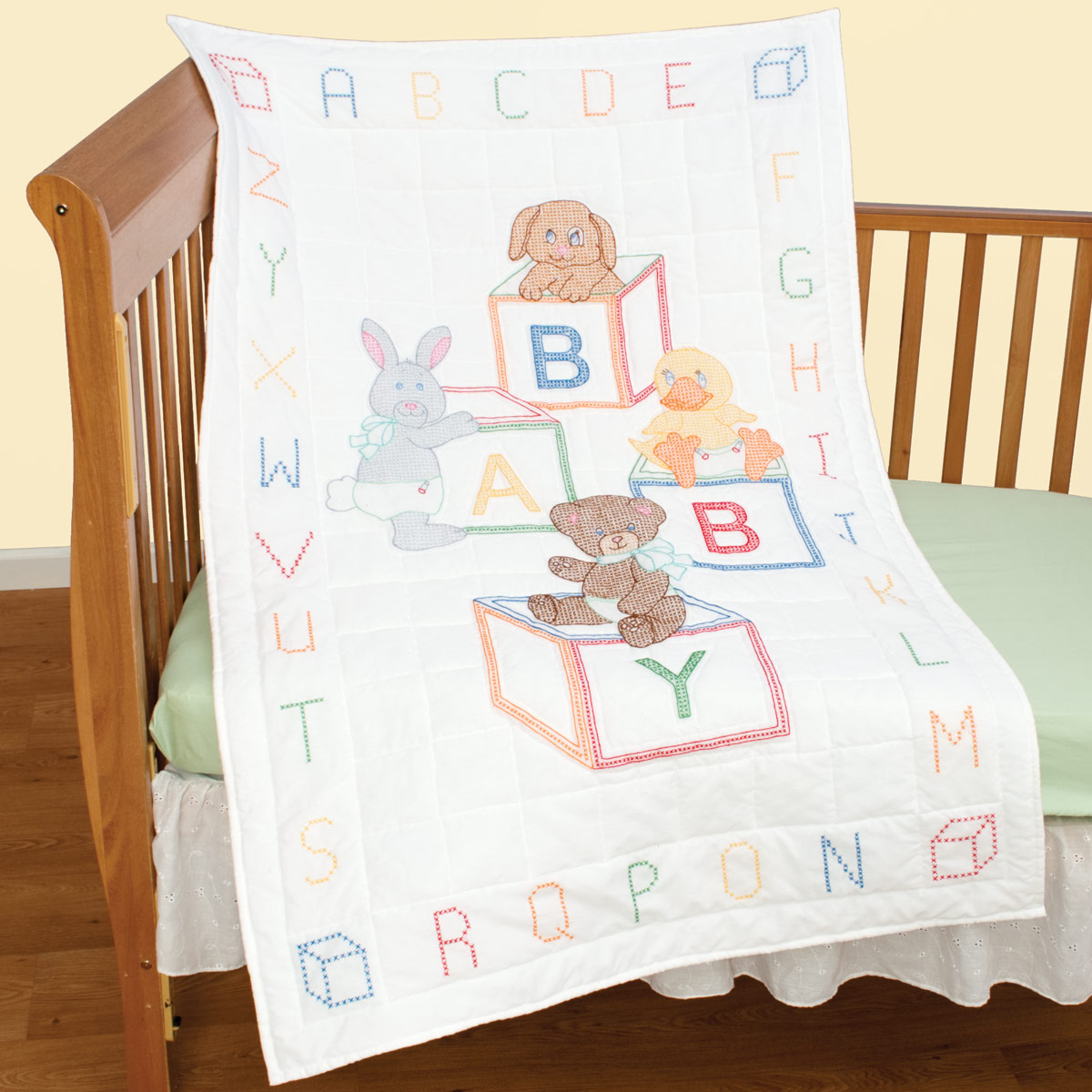
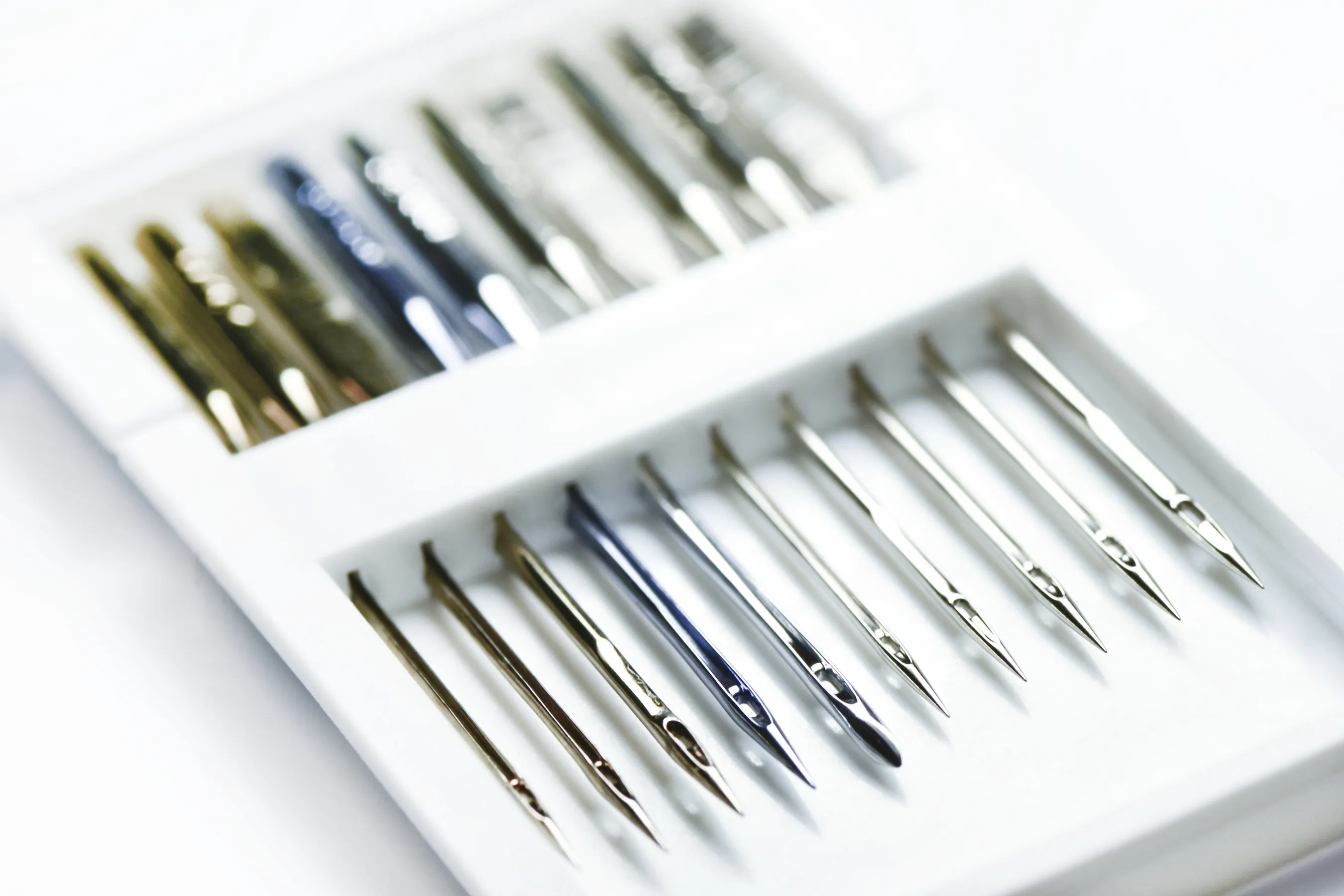
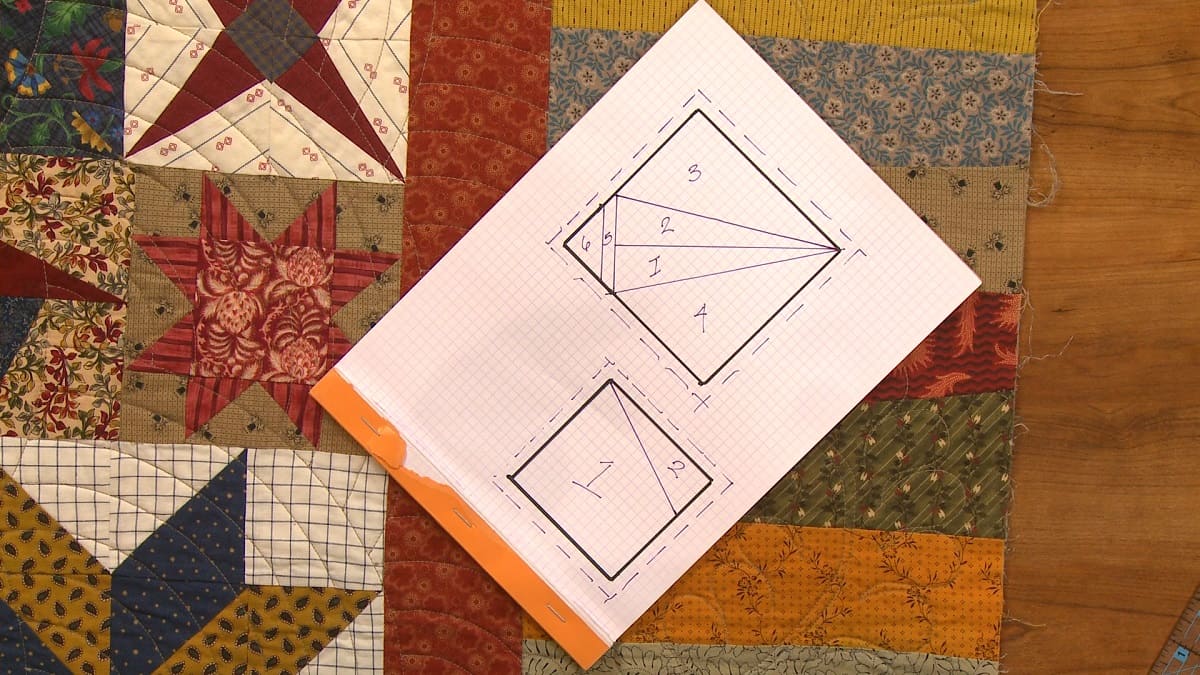
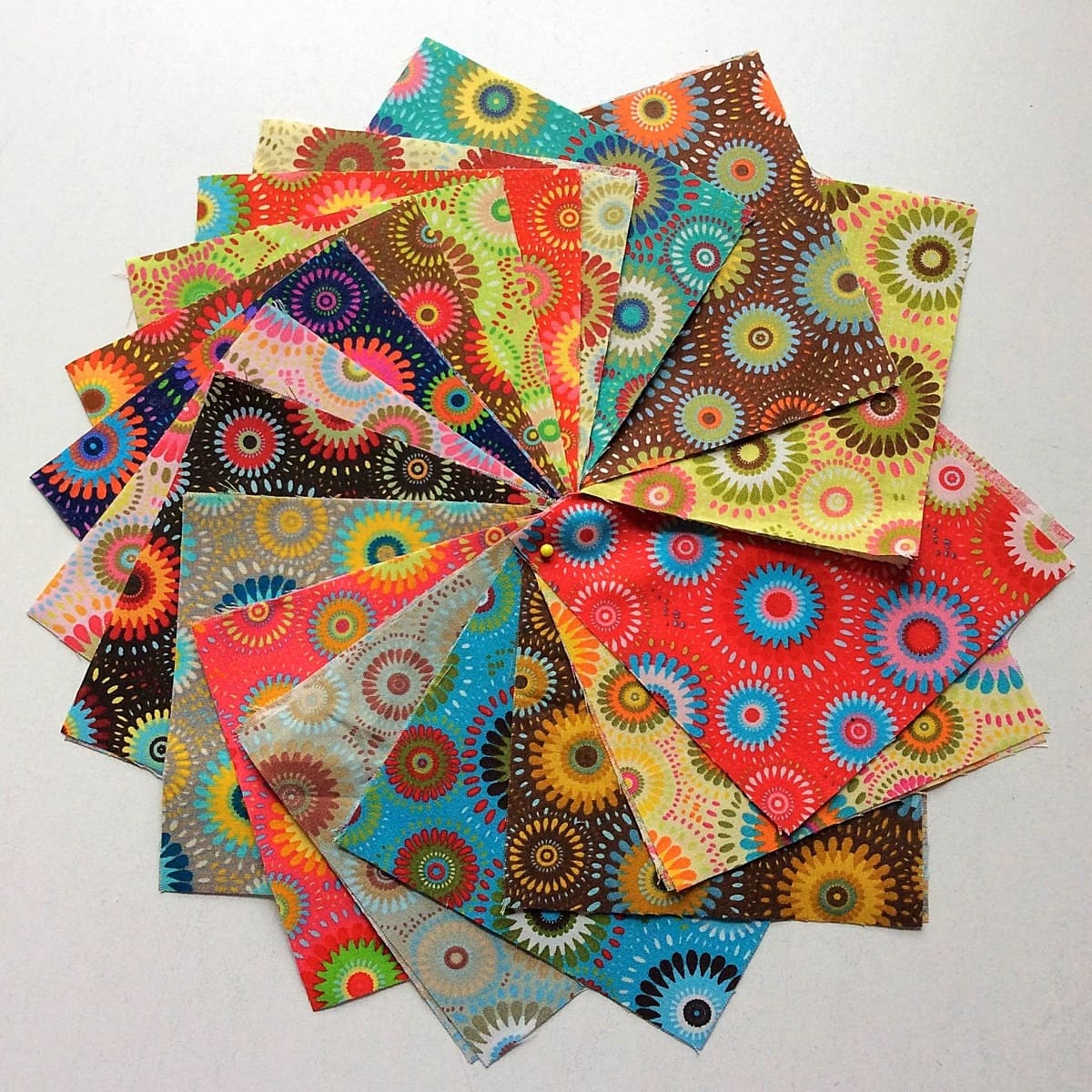
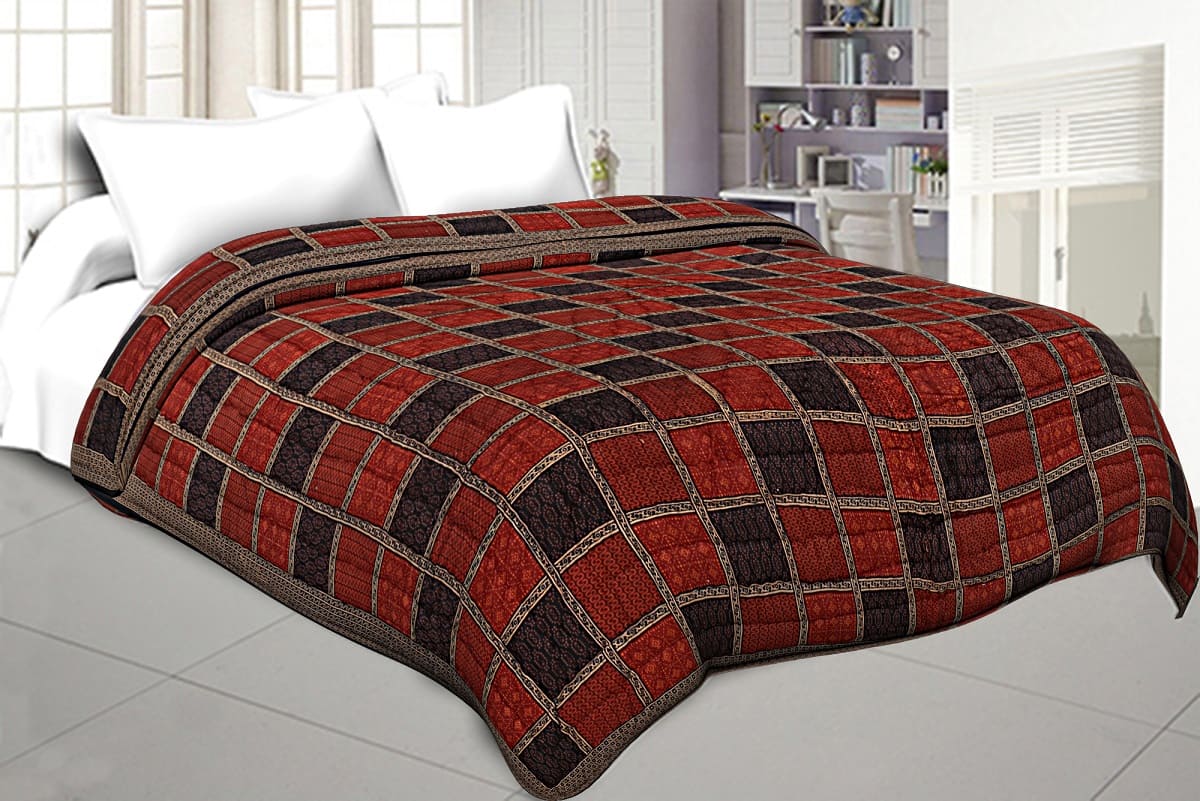
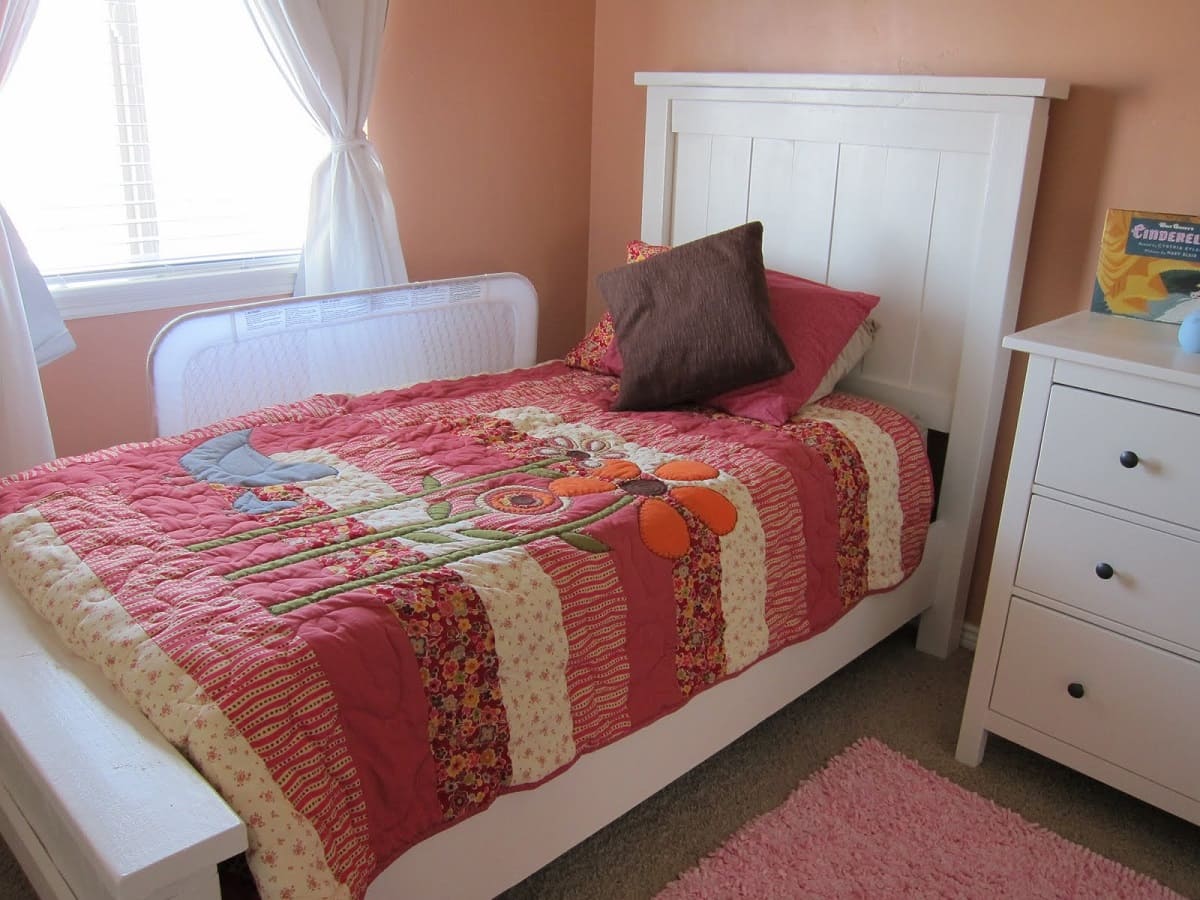
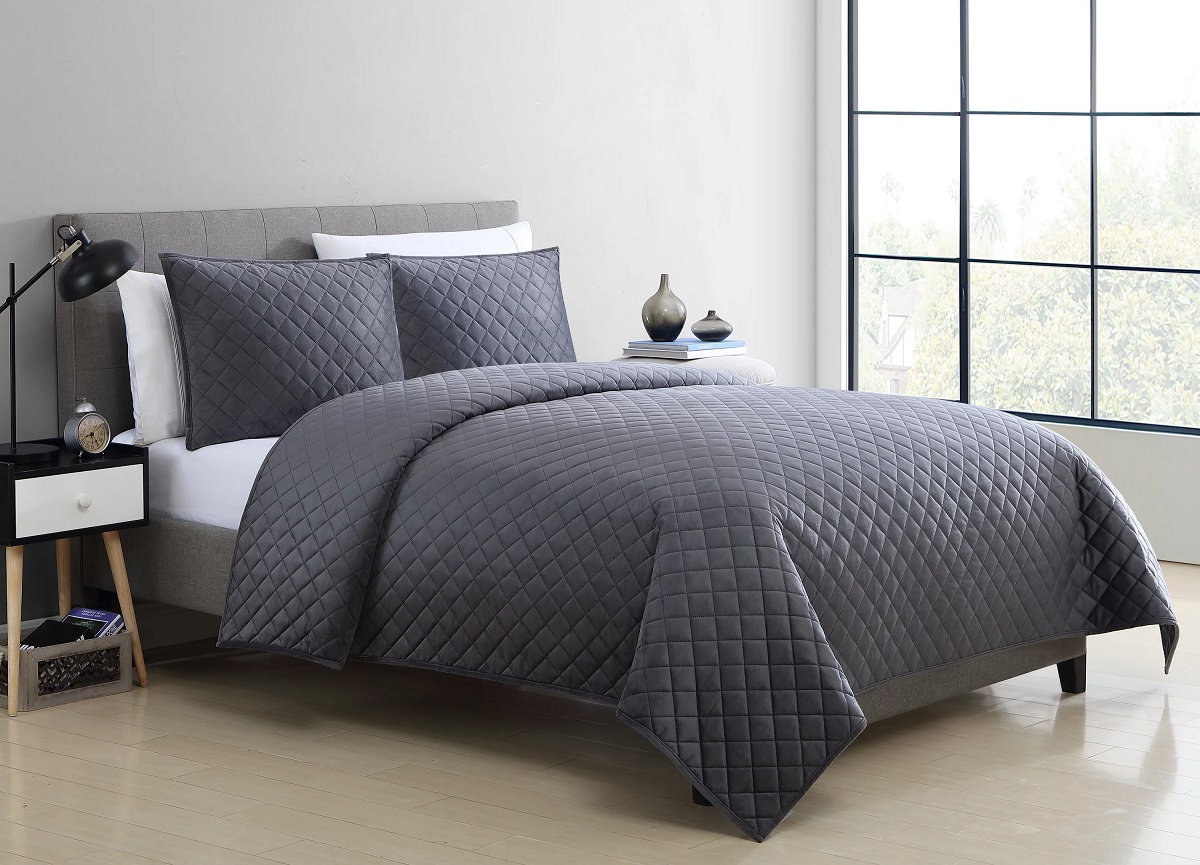
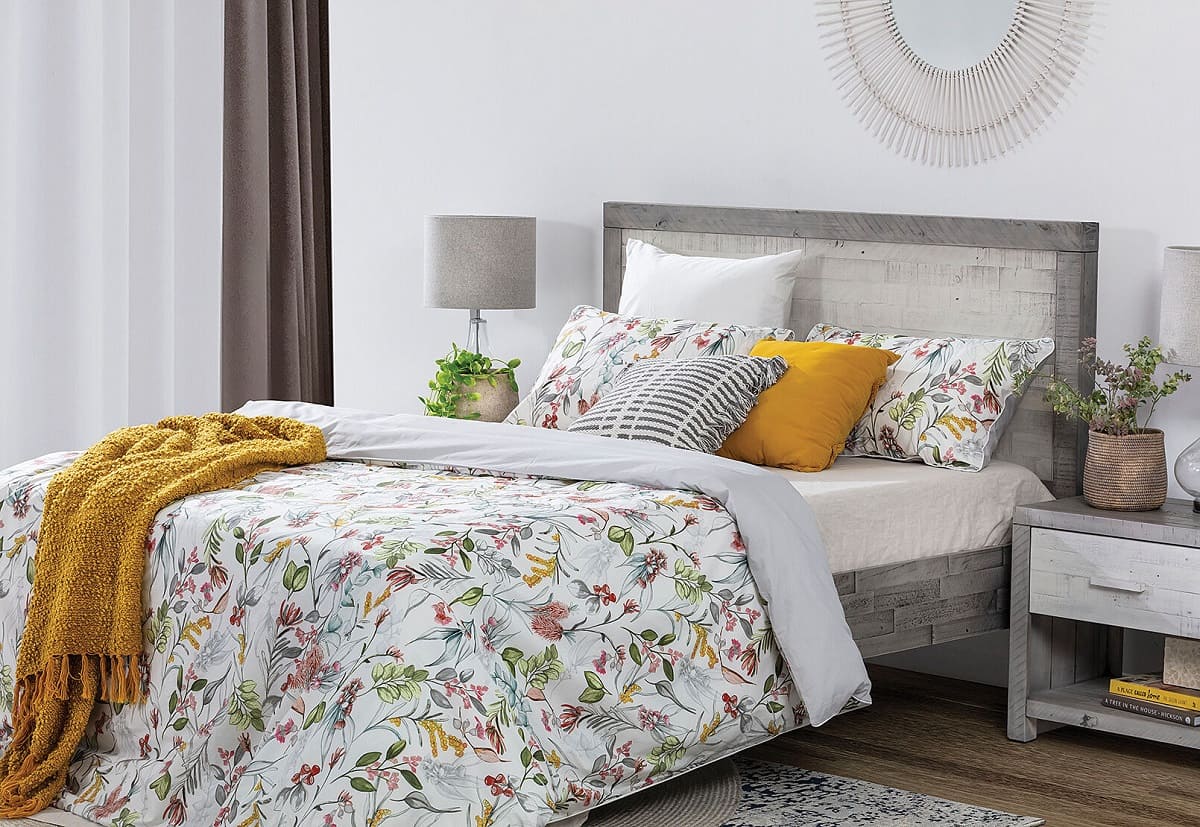
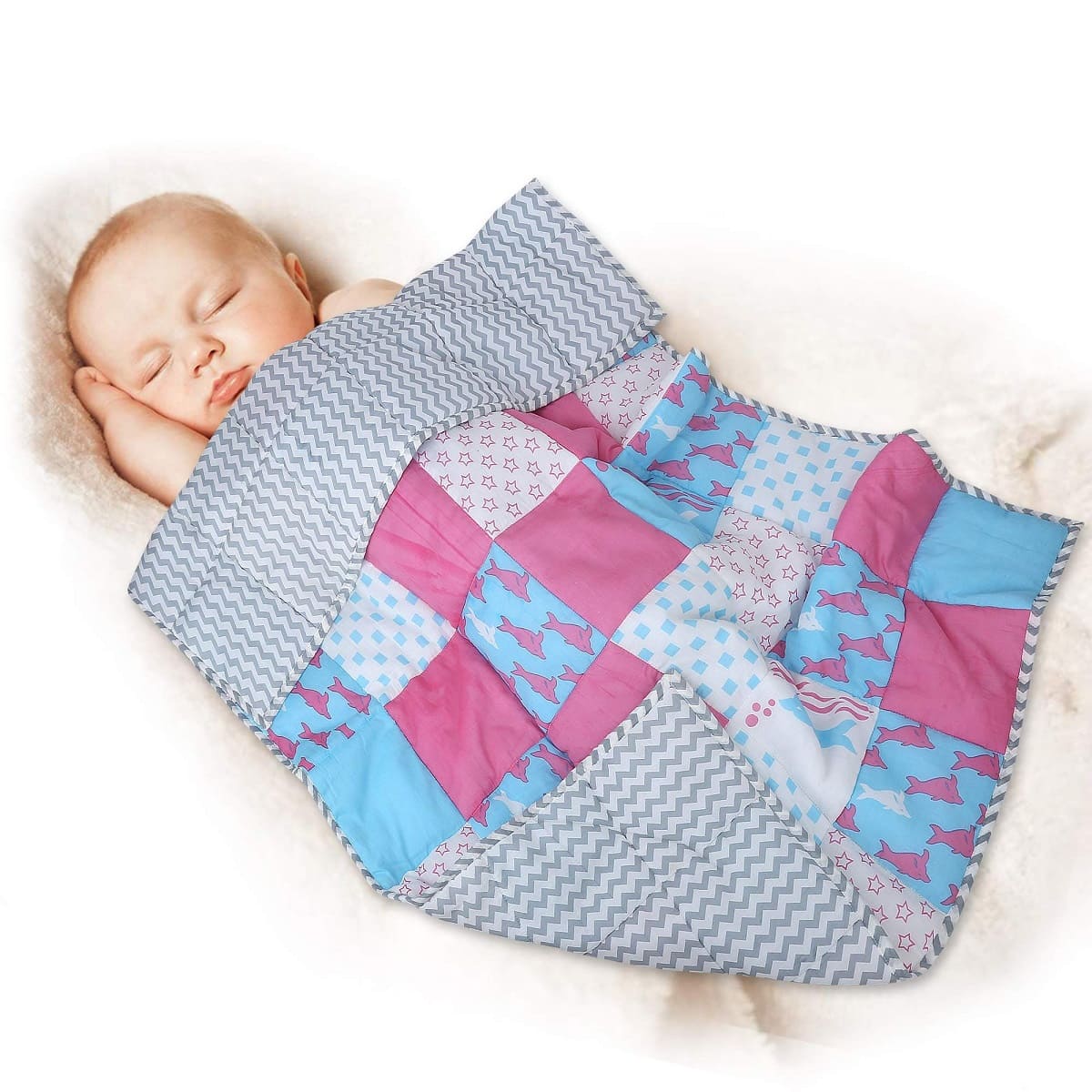
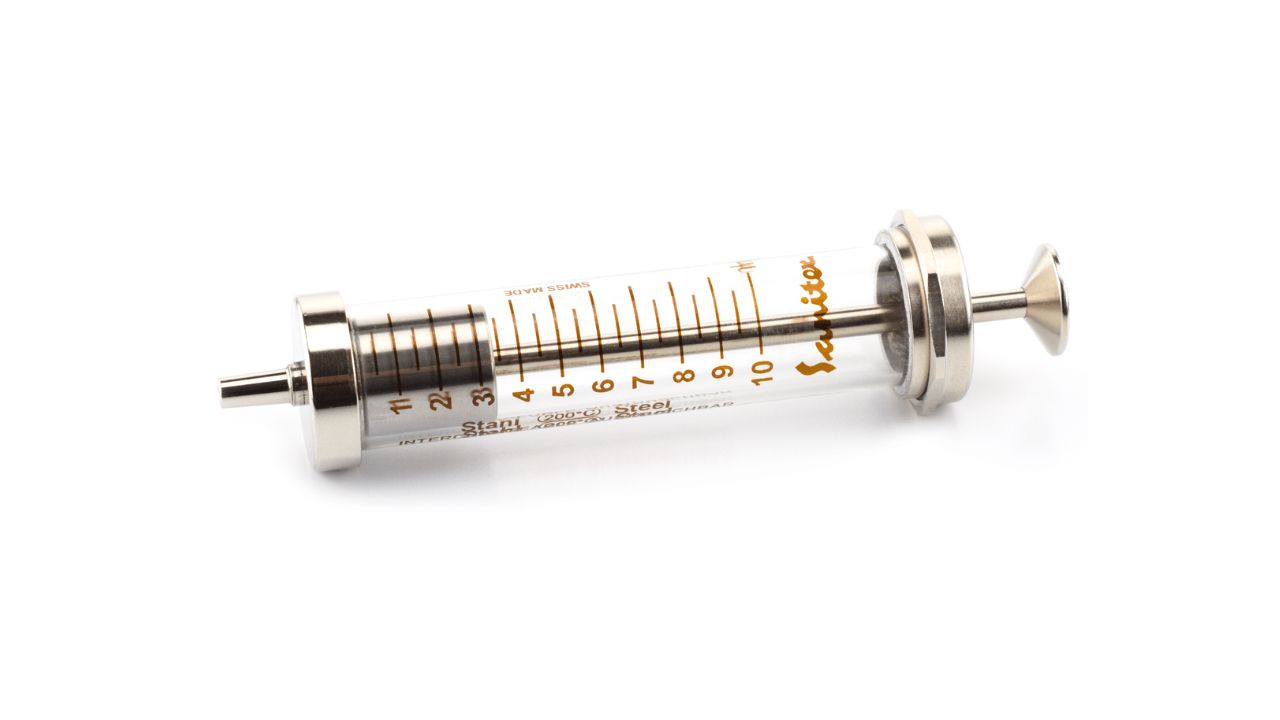
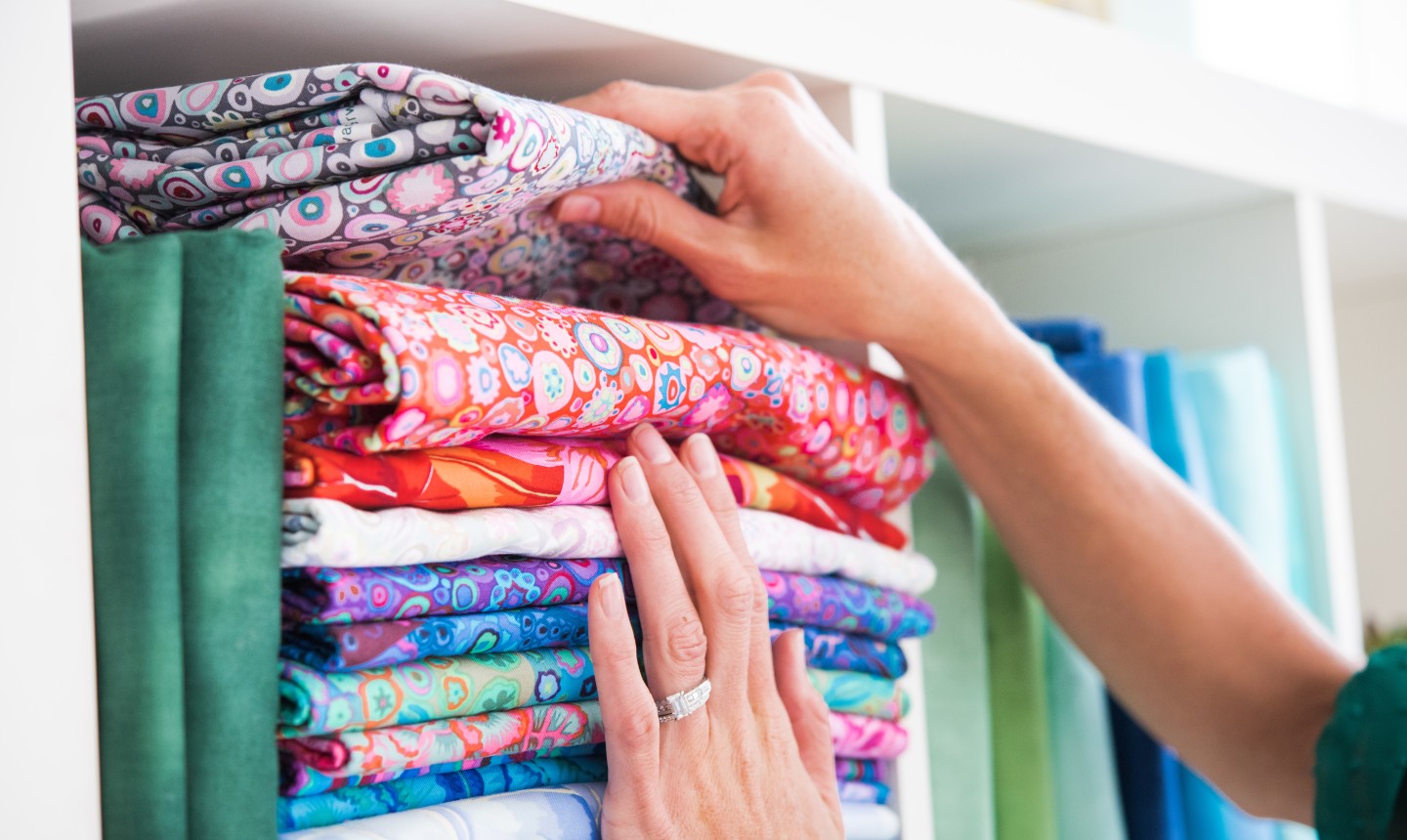

0 thoughts on “What Needle Size To Use For Quilt Piecing”